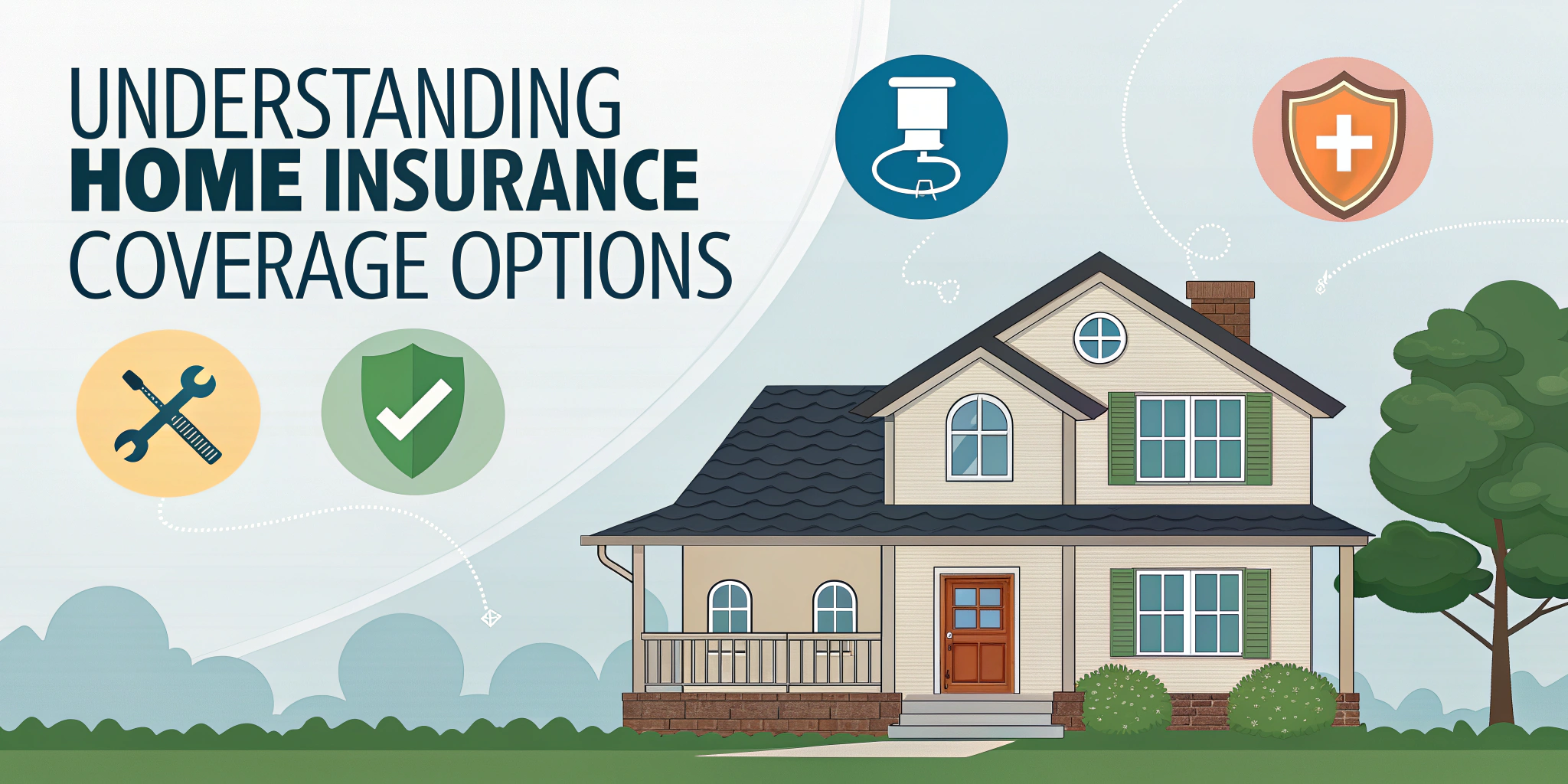Understanding Home Insurance Coverage Options
Home is more than just a place—it’s where your life happens. Protecting that investment with the right insurance coverage is essential. But with so many terms and policy types, understanding home insurance can be confusing. This guide breaks down the key home insurance coverage options so you can make informed decisions and safeguard your property with confidence.
🔍 What Is Home Insurance?
Home insurance (also known as homeowners insurance) is a policy that provides financial protection against damage to your home, personal belongings, and liability for accidents that may occur on your property. It also covers certain living expenses if your home becomes uninhabitable due to a covered event like a fire or storm.
🛠️ Key Coverage Options in a Home Insurance Policy
Here are the primary components typically included in a standard home insurance policy:
1. Dwelling Coverage
This protects the structure of your home—including the walls, roof, floors, and built-in appliances—against risks such as fire, windstorms, lightning, or vandalism. Be sure to insure your home for its replacement cost, not just its market value, to cover rebuilding expenses if it's destroyed.
2. Other Structures Coverage
This covers structures not attached to your home, such as garages, fences, sheds, or gazebos. Typically, this is 10% of your dwelling coverage, but you can increase it if needed.
3. Personal Property Coverage
This protects your belongings, including furniture, electronics, clothing, and kitchenware. It's usually a percentage of your dwelling coverage (e.g., 50%–70%). You can choose actual cash value (ACV) or replacement cost value (RCV) coverage:
* ACV reimburses the depreciated value.
* RCV covers the cost of buying new items at today’s prices.
For high-value items like jewelry or art, consider adding a rider or endorsement for full protection.
4. Liability Protection
This provides coverage if someone is injured on your property or if you accidentally damage someone else’s property. It helps cover legal fees, medical bills, and settlements. Standard coverage starts at $100,000 but can be increased for added peace of mind.
5. Loss of Use (Additional Living Expenses)
If a covered event makes your home unlivable, this covers temporary living costs such as hotel bills, meals, and transportation while your home is being repaired.
⚠️ What’s Typically Not Covered?
While home insurance covers many risks, there are exclusions. Common ones include:
* Floods (requires separate flood insurance)
* Earthquakes (often optional coverage)
* Wear and tear or poor maintenance
* Pest infestations
* High-risk dog breeds or certain exotic pets (varies by insurer)
Always read your policy details and ask about additional coverage options if you live in areas prone to natural disasters.
✅ Tips for Choosing the Right Policy
Take inventory of your personal belongings.
* Estimate rebuilding costs, not just home value.
* Check deductibles and how they affect your premiums.
* Bundle policies (e.g., home and auto) for potential discounts.
* Review annually to adjust for changes in home value or possessions.
📝 Final Thoughts
Understanding your home insurance coverage options isn’t just smart—it’s essential for protecting your investment and your peace of mind. By knowing what’s covered (and what’s not), you can tailor your policy to fit your needs and avoid costly surprises when the unexpected happens.
